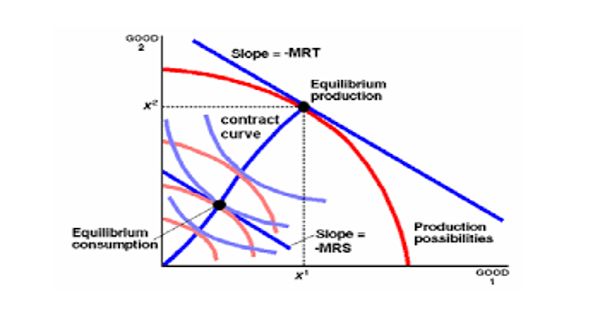This article focus on Real Versus Nominal Value, where real value is obtained by removing the effect of price level changes from the nominal value of time-series data, so as to obtain a truer picture of economic trends. For example, if personal income is $50,000 year 1 and $52,000 in year 2, but the rate of inflation is 3%, then the nominal growth rate of income is 4%, while the real growth rate is 1%. Nominal value is an often arbitrarily assigned amount used to calculate the dollar accounting value of a company’s stock for balance sheet purposes par value is the term commonly used in this context. It represents the amount that must be repaid at maturity, for bonds and preferred stock.
Real Versus Nominal Value
















